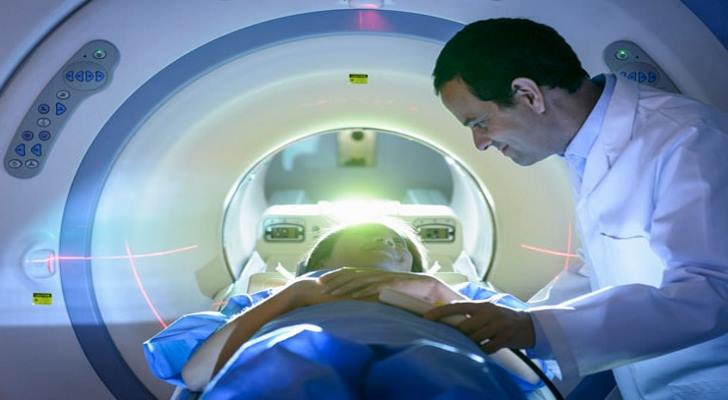
A clinical description of myoclonus refers to sudden, brief, involuntary muscle jerks. These events can involve different muscle groups and may occur singly or in sequences. In medical literature, myoclonus is frequently discussed as a manifestation seen across various neurological contexts rather than as a single disease entity. Transient physiologic forms have been reported in otherwise healthy individuals.

Hypnic (sleep) starts are commonly cited examples and are described as abrupt body jerks at sleep onset or on awakening. Startle responses are also included among physiologic myoclonus. Publications additionally note pathologic myoclonus, which can be more disruptive to movement and daily tasks, depending on the underlying condition and pattern of occurrence.

Reported contributors to myoclonus include cortical and subcortical generators, metabolic disturbances, medication effects, and structural or genetic disorders. Descriptions in neurology texts list associations with epilepsies, hypoxic or traumatic brain injury, renal or hepatic dysfunction, toxic exposures, neoplasms, and inherited syndromes. Peripheral nerve involvement may also be discussed when reflex pathways are implicated.

Typical reports describe brief muscle contractions or lapses in tone perceived as “jerks,” spasms, or shocks. These movements are characteristically abrupt and may be focal, multifocal, or generalized. Episodes can vary in frequency and intensity, and some individuals note clusters related to specific contexts such as drowsiness, startle, or sensory stimulation.

Although myoclonus itself is a movement description, its impact on function can be substantial in some settings, with effects on speech, feeding, or coordinated movement depending on distribution and severity. Multiple forms are outlined in reviews, including physiologic variants, essential (idiopathic) myoclonus, and symptomatic forms related to identifiable neurological or systemic conditions.

Opsoclonus–myoclonus is characterized in literature by chaotic, multidirectional eye movements with accompanying limb or trunk myoclonus. Action myoclonus is described as jerks that emerge or intensify with voluntary movement and can interfere with fine motor tasks, speech, or gait. Stimulus-sensitive myoclonus refers to responses elicited by auditory, tactile, or visual stimuli.

Assessment commonly begins with clinical characterization of the jerk pattern and potential triggers. Ancillary studies described in guidelines include neuroimaging to evaluate structural contributors, electroencephalography (EEG) to assess cortical correlates or epileptiform activity, and electromyography (EMG) to define burst duration, distribution, and synchrony.

Imaging may help localize lesions or exclude alternative diagnoses. EEG can identify cortical generators or associated epileptic activity, while EMG provides detail on muscle activation timing that supports syndromic classification. Laboratory testing is often described when metabolic, toxic, infectious, or autoimmune causes are considered.

Epidemiologic and clinical sources discuss contexts in which myoclonus may be observed, including after exposure to certain medications, in metabolic disturbance, or following nervous system injury. Literature also notes that risk varies with the underlying condition, and descriptions focus on identifying patterns, potential triggers, and associated findings to inform classification in a clinical setting.
Learn more about myoclonus at National Institute of Neurological Disorders and Stroke.

